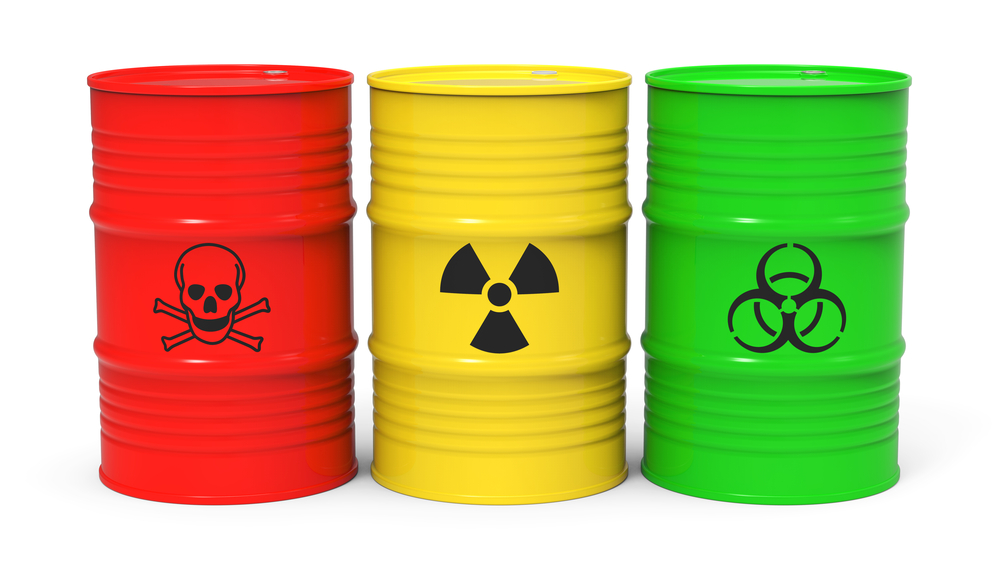OSHA Construction vs General Industry Standards
Knowing the difference between OSHA 1910 and OSHA 1926 is crucial to employee safety
It is important to understand the difference between OSHA construction vs General Industry when you work as a safety person. In addition, it is important to be familiar with the Occupational Safety and Health Administration (OSHA) which is the US regulatory body responsible for establishing and enforcing workplace safety standards. Two critical OSHA regulations often discussed in our field are OSHA 1910, which covers general industry standards, and OSHA 1926, which focuses on the construction industry.
This short summary will explain the key differences between these two regulations to help you better understand their applications and requirements in your daily work.
General Industry OSHA 1910
These OSHA standards encompass a wide range of sectors, including manufacturing, warehousing, maintenance, retail, medical and industrial. The primary goal of these regulations in any of these or other industries is to minimize occupational hazards and create a safe work environment.
Here are some crucial topics covered in OSHA 1910:
- Walking-Working Surfaces: Learn about the requirements for safe floor conditions, ladders, stairways, and fall protection systems.
- Personal Protective Equipment (PPE): Familiarize yourself with guidelines for using PPE, such as eye, face, head, and foot protection.
- Electrical Safety: Understand the standards for electrical equipment installation and maintenance to mitigate electrical hazards.
- Hazardous Materials: Discover the best practices for handling, storing, and disposing of hazardous substances safely.
Construction Industry OSHA 1926
These standards are tailored specifically for the construction industry, which inherently faces a higher risk of workplace accidents and injuries. These standards address unique safety concerns and hazards associated with construction work.
Some of the vital topics covered in OSHA 1926 include:
- Fall Protection: Stay up to date with regulations on guardrail systems, safety nets, and personal fall arrest systems to prevent fall-related accidents.
- Scaffolding: Learn about design, construction, and inspection requirements for scaffolding to ensure a safe working environment.
- Excavations: Understand safety precautions and protective systems for excavation work to prevent cave-ins and other hazards.
- Cranes and Rigging: Familiarize yourself with guidelines for crane operation, maintenance, and rigging safety to avoid accidents.
- Power Tools and Equipment: Ensure the correct use, inspection, and maintenance of power tools and equipment to minimize the risk of injuries.
Staying informed about the latest updates and requirements in both OSHA 1910 and OSHA 1926 will help you maintain a safe work environment and ensure compliance with industry-specific regulations.
Understanding the differences between OSHA 1910 and OSHA 1926 is crucial for safety professionals, as it enables you to develop targeted safety programs and training that meet the specific needs of your industry. By staying informed about the latest regulations and best practices, you can maintain a safe work environment, ensure compliance, and contribute to a culture of safety within your organization or for your clients.
Stephen Cartas, Safety Advisor
Safety Consultants USA





